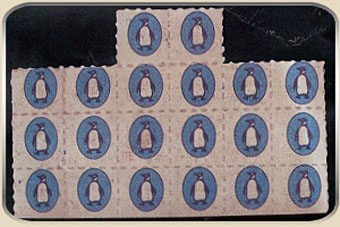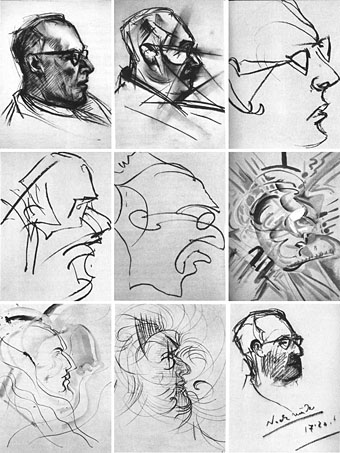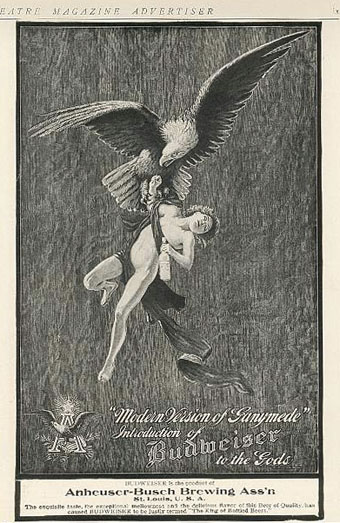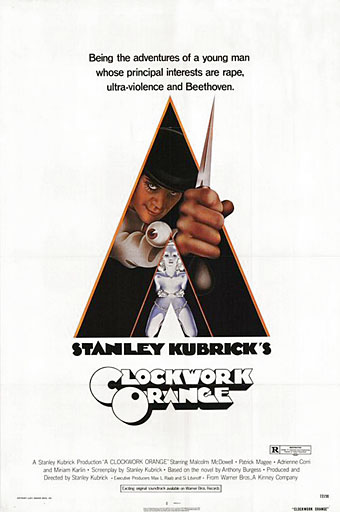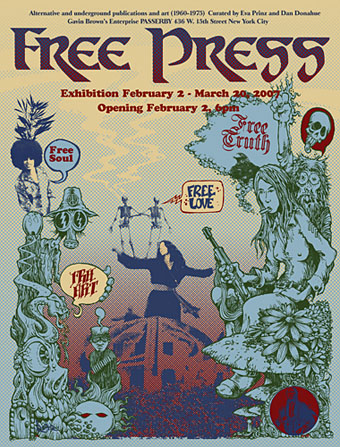
Poster by Arik Roper.
Radical Living Papers
A history of the free, alternative, counter-culture and underground press, 1965–75
Gavin Brown’s enterprise at PASSERBY
436 W. 15th Street,
New York, NY 10011
February 2–March 7, 2007
Opening reception: Friday, February 2, 2007, 6pm.
The Council for the Fortieth Anniversary of The Summer of Love with Gavin Brown’s enterprise opens and invites you to an exhibition of the world’s most radical living papers from a time when the press took risks and voiced opinions.
Celebrating the heyday of alternative magazine publishing in Europe and America, Gavin Brown’s enterprise at Passerby opens an exhibition of more than two hundred original copies, as well as reproductions of these seminal and obscure publications, whose influence reverberates through culture, politics, and society.
Covering politics, revolutions, evolutions of the planets, freak-outs, love-ins, support of green politics, gay liberation, power to the people, the peace parties, protests, the Panthers, peyote, LSD, pot, fiction, music, poetry, prose, prayers and more. Publications include: Actuel, Avatar, Berkeley Barb, Berkeley Tribe, Black Panther Papers, Digger Papers, Door, East Village Other [EVO], The Fifth Estate, Freep, Grabuge, Hobo-Québec, International Times [it], Los Angeles Free Press, The Oracle, The Organ, Other Scenes, OZ, Rat, The Realist, Re Nudo, Rolling Stone, The Seed, Ann Arbor Sun and more.
Please note: A press conference to the unified, positive forces actively involved in the community will be held at 6pm on Friday, February 2, 2007, with active members of today’s free press.
Curated by Eva Prinz, Dan Donahue, and Thurston Moore.
Previously on { feuilleton }
• Wallace Burman and Semina
• Barney Bubbles: artist and designer
• 100 Years of Magazine Covers
• Oz magazine, 1967-73
